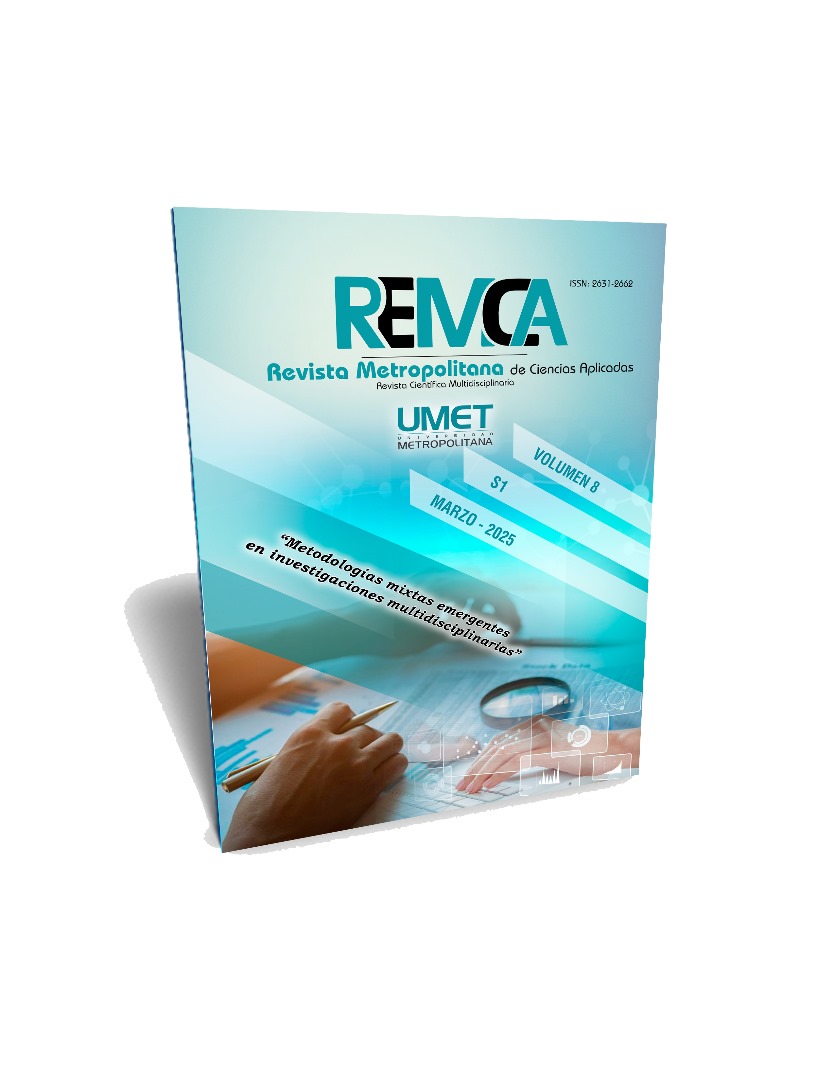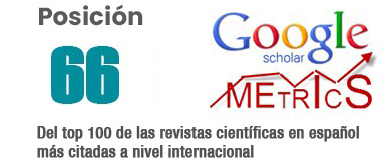Dental impression materials: comparative analysis of hydrocolloids, elastomers, and rigid composites
DOI:
https://doi.org/10.62452/jh5r8w86Keywords:
Alginate, silicones, hydrocolloids, disinfectionAbstract
Dental impression materials are used to accurately reproduce oral tissues (teeth, gums, and surrounding structures) and their spatial relationships. Their purpose is to obtain a negative impression that allows for the fabrication of study models, dental prostheses, and orthodontic devices. To be effective, these materials must exhibit accuracy and dimensional stability, flexibility, strength, biocompatibility, and ease of handling. There are three main types of impression materials: hydrocolloids, elastomers, and rigid materials. Hydrocolloids include reversible (agar), which change state with temperature, and irreversible (alginate), which solidify through a chemical reaction. Alginate is economical, easy to handle, and quick to use, although its accuracy can be compromised by dehydration or excessive water. Elastomers, such as condensation and addition silicones, polysulfides, and polyethers, offer high precision and dimensional stability. Addition silicones (polyvinyl siloxane) are the most accurate and stable, though they are hydrophobic and require a dry environment. Condensation silicones (polydimethylsiloxane) are versatile and cost-effective but exhibit shrinkage due to evaporation. Polyethers are accurate but rigid and expensive, while polysulfides have good tear resistance but are sticky and have an unpleasant odor. Disinfection of impressions is essential to prevent cross-contamination, with sodium hypochlorite being an effective option. Recent research highlights advances in the composition and techniques for using these materials, improving the quality and accuracy of dental impressions.
Downloads
References
Ansari, A., Alsaidan, M., Algadhi, S., Alrasheed, M., Al Talib, I., & Alsaaid, A., et al. (2021). Impression materials and techniques used in fixed prosthodontics: A questionnaire-based survey to evaluate the knowledge and practice of dental students in Riyadh city. Journal of Family Medicine and Primary Care, 10(1), 514. https://pubmed.ncbi.nlm.nih.gov/34017780/
Arroyo Pérez, C. A., Basauri Esteves, R. L., & Arroyo Moya, J. C. (2020). Desinfección de las impresiones dentales, soluciones desinfectantes y métodos de desinfección. Revisión de literatura. Odontología Sanmarquina, 23(2), 147–155. https://doi.org/10.15381/os.v23i2.17759
Artero Arévalo, R., Bonilla Alvarado, J., & Campos Rodríguez, T. (2017). Comparación in vitro de la estabilidad y exactitud dimensional entre tres marcas de siliconas por condensación. Revista Crea Ciencia - Áreas de la salud, (7), 23–26. https://www.uees.edu.sv/revistaenlinea/index.php/CreaCiencia/article/view/464
Bustos, J., Herrera, R., González, U., Martínez, A., & Catalán, A. (2010). Effect of inmersion disinfection with 0.5% sodium hypochlorite and 2% glutaraldehyde on alginate and silicone: Microbiology and SEM study. International Journal of Odontostomatology, 4(2), 169–177. https://ijodontostomatology.com/en/articulo/effect-of-inmersion-desinfection-with-0-5-sodium-hypochlorite-and-2-glutaraldehyde-on-alginate-and-silicone-microbiology-and-sem-study/
Dapello-Zevallos, G. M., San Miguel-Ramírez, K. N. M., Febre-Cuibin, K. S., Gutiérrez-Obando, D. A., & Tinedo-López, P. L. (2022). Disinfection of dental impression materials and its effects on dimensional changes: a literature review. Revista Odontológica Mexicana Órgano Oficial De La Facultad De Odontología UNAM, 25(2). https://doi.org/10.22201/fo.1870199xp.2021.25.2.82691
Dilip, A., Gupta, R., & Geiger, Z. (2023). Dental alginate impressions. StatPearls. https://www.ncbi.nlm.nih.gov/books/NBK470480/
Gonzales Sena, M. F., & Navarro Quispe, C. F. (2023). Efecto de la temperatura de conservación en la estabilidad dimensional de los hidrocoloides irreversibles evaluados in vitro. (Tesis de grado). Universidad Privada de Huancayo Franklin Roosevelt.
Gupta, R., & Brizuela, M. (2023). Dental impression materials. StatPearls. https://www.ncbi.nlm.nih.gov/books/NBK574496/
Hurtado, A., Selgas, R., & Serrano-Aroca, Á. (2020). El alginato y sus inmensas aplicaciones industriales. Nereis, (12), 137–149. https://revistas.ucv.es/nereis/index.php/Nereis/article/view/573
Kihara, H., Hatakeyama, W., Komine, F., Takafuji, K., Takahashi, T., Yokota, J., et al. (2020). Accuracy and practicality of intraoral scanner in dentistry: A literature review. Journal of Prosthodontic Research, 64(2), 109–113. https://pubmed.ncbi.nlm.nih.gov/31474576/
Kong, L., Li, Y., & Liu, Z. (2022). Digital versus conventional full-arch impressions in linear and 3D accuracy: A systematic review and meta-analysis of in vivo studies. Clinical Oral Investigations, 26(9), 5625–5642. https://pubmed.ncbi.nlm.nih.gov/35786783 /
Moya Vaca, K. E. (2020). Estabilidad dimensional asociada al tiempo y conservación de impresiones dentales primarias entre dos tipos de alginatos. (Proyecto de investigación previo a la obtención del título de Odontóloga). Universidad Nacional de Chimborazo.
Palacios Ruíz, J. C., & Peláez Vargas, A. (1995). Comparación de la reproductibilidad de dos materiales de impresión de hidrocoloide irreversible. Estudio “in vitro”. Revista CES Odontología, 8(1), 29–36. https://dialnet.unirioja.es/servlet/articulo?codigo=4779764&info=resumen&idioma=SPA
Ramos Arrúa, R. M., Suárez Molina, A. N., Medina Sánchez, A. M., & Coronel González, A. O. (2020). Estabilidad dimensional en impresiones realizadas con siliconas por condensación y siliconas por adición: Dimensional stability in impressions made with Condensation Silicones and Addition Silicones. Scientia Oralis Salutem, 1(1), 6–10. https://revistas.unc.edu.py/index.php/founc/article/view/4
Saeed, F., Muhammad, N., Khan, A. S., Sharif, F., Rahim, A., Ahmad, P., & Irfan, M. (2020). Prosthodontics dental materials: From conventional to unconventional. Materials science & engineering. C, Materials for biological applications, 106, 110167. https://doi.org/10.1016/j.msec.2019.110167
Downloads
Published
Issue
Section
License
Copyright (c) 2025 Ana María Miranda-Yánez, Yajaira Mishell Cabrera-Veloz, Sandy Nicole Grijalva-Mora, Adrián Isaac Toala-Tapia (Autor/a)

This work is licensed under a Creative Commons Attribution-NonCommercial-ShareAlike 4.0 International License.
Authors who publish in Revista Metropolitana de Ciencias Aplicadas (REMCA), agree to the following terms:
1. Copyright
Authors retain unrestricted copyright to their work. Authors grant the journal the right of first publication. To this end, they assign the journal non-exclusive exploitation rights (reproduction, distribution, public communication, and transformation). Authors may enter into additional agreements for the non-exclusive distribution of the version of the work published in the journal, provided that acknowledgment of its initial publication in this journal is given.
© The authors.
2. License
The articles are published in the journal under the Creative Commons Attribution-NonCommercial-ShareAlike 4.0 International License (CC BY-NC-SA 4.0). The terms can be found at: https://creativecommons.org/licenses/by-nc-sa/4.0/deed.en
This license allows:
- Sharing: Copying and redistributing the material in any medium or format.
- Adapting: Remixing, transforming, and building upon the material.
Under the following terms:
- Attribution: You must give appropriate credit, provide a link to the license, and indicate if any changes were made. You may do this in any reasonable manner, but not in any way that suggests the licensor endorses or sponsors your use.
- NonCommercial: You may not use the material for commercial purposes.
- ShareAlike: If you remix, transform, or build upon the material, you must distribute your creation under the same license as the original work.
There are no additional restrictions. You may not apply legal terms or technological measures that legally restrict others from doing anything the license permits.




